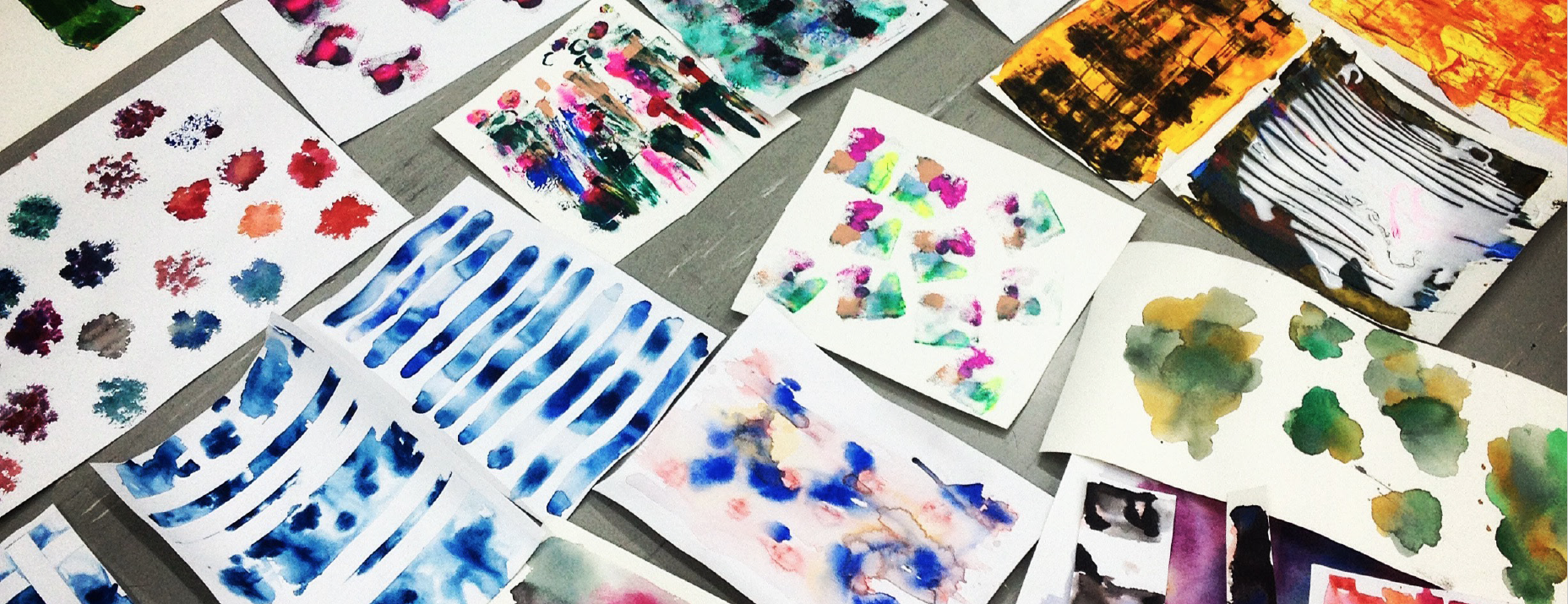
LEARNING OUTCOMES
After successfully completing this course, students should be able to design surface designs with different methods and tools and for various purposes.
- Students experience the creative process from inspiration to sketches and further to finished surface designs and colourways.
- Students are familiar with repeats, design and coordination of colourways and surface design and textile collections
- Students are familiar with commercial and industrial aspects to surface design, commercial collection design, product design process, design management, as well as color and trend forecasting systems.
- Students are able to follow a given theme in their own design work.
- Students learn to use basic design tools used for commercial surface design. > This course is an obligatory prerequisite for the PatternLab project.
Credits: 10
Schedule: 10.01.2022 - 17.02.2022
Teacher in charge (valid for whole curriculum period):
Teacher in charge (applies in this implementation): Maarit Salolainen
Contact information for the course (applies in this implementation):
CEFR level (valid for whole curriculum period):
Language of instruction and studies (applies in this implementation):
Teaching language: English. Languages of study attainment: English
CONTENT, ASSESSMENT AND WORKLOAD
Content
valid for whole curriculum period:
During the first weeks of the course students develop visual concepts in teams. One theme / colourway concept is selected and all students follow it throughout their individual design process. Creative hands-on sketching sessions with various materials and techniques are organized to support the artistic process, followed by experiments in repeat design, surface design by hand and lessons in Adobe Illustrator and Photoshop -programs as surface design tools. The creative process is completed with presentations by visiting designe, by lectures on surface design, commercial textile collection design, design management, advancements in printing technology regarding sustainable production methods and new service systems for printed textiles.
Assessment Methods and Criteria
valid for whole curriculum period:
Students are assessed on:
Activity and participation (25%)
Individual development during the course (50%)
Final results (25%)
Workload
valid for whole curriculum period:
270 h
25 h Lectures and critiques
30 h Hands-on workshops with tutoring
36 h CAD-Lessons with hands-on practice in IT-class
20 h Teamwork
123 h Independent work
36 h Own reflection
DETAILS
Study Material
valid for whole curriculum period:
Study materials are handed out to the students during the course.
Substitutes for Courses
valid for whole curriculum period:
Prerequisites
valid for whole curriculum period:
SDG: Sustainable Development Goals
9 Industry, Innovation and Infrastructure
12 Responsible Production and Consumption
13 Climate Action
FURTHER INFORMATION
Further Information
valid for whole curriculum period:
Surface Design is a part of the PatternLab Minor. Please see description of PatternLab and apply separately to the Minor (application time September 2020). Fashion, Clothing and Textile Design students can take the course as part of major studies with or without involvement in the PatternLab.
Attendance policy: 80% attendance in lectures and computer classes is required
Decision by Vice Dean Rasmus Vuori in pandemic conditions 2021: The max amount of students 2020-2021 has changed.
Teaching Period:
2020-2021 Spring III
2021-2022 Spring III
Course Homepage: https://mycourses.aalto.fi/course/search.php?search=MUO-E1045
Registration for Courses: Sisu replaces Oodi on 9 August, 2021. Priority order to courses is according to the order of priority decided by the Academic committee for School of Arts, Design and Architecture: https://www.aalto.fi/en/services/registering-to-courses-and-the-order-of-priority-in-aalto-arts
In WebOodi
2020-2021: minimum 8 students, maximum 18 students
2021-2022: minimum 8 students, maximum 20 students
1) FaCt students with the course in the approved PSP plan in the order of enrollment
2) PatternLab Minor students in the order of enrollment
3) Textiles - Material and Structure Minor students in the order of enrollment
